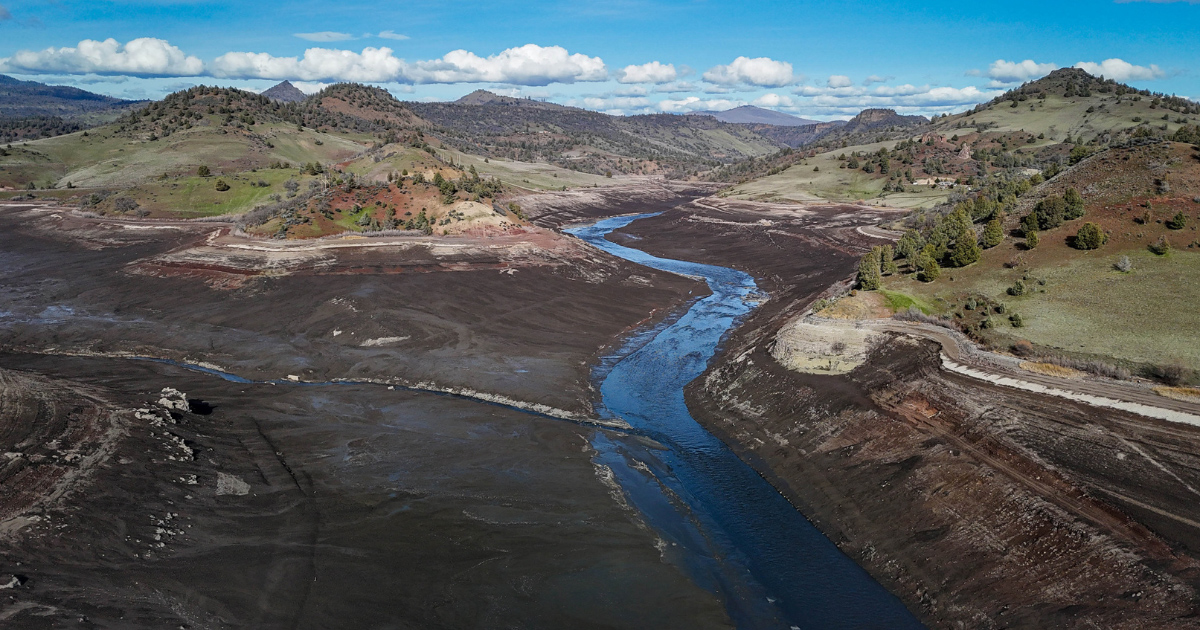Klamath River Begins to Find its Way Home
Written by Michael Wier, CalTrout Field Reporter & Videographer
The Klamath River is in the middle of a vast transformation. Right now, it is finding its way back to its original river channel after being disrupted by a series of dams for decades. By the fall of 2024, all four dams on the mainstem of the river will be removed. This will unlock access to hundreds of miles of historic habitat for native salmon and steelhead, improve water quality for humans and non-humans alike, and mark a step towards restoring a place critical to the cultural life-ways of Indigenous peoples who have lived along the river since time immemorial.
Recently, a group of CalTrout staff, including myself, had a chance to tour the restoration sites of Iron Gate, Copco 1, and Copco 2 dams. Standing above the sites of former reservoirs, it was incredibly inspiring to see the transformation taking place. Some CalTrout staff, like Executive Director Curtis Knight, have been working towards Klamath Dam removal for over 20 years. CalTrout has been at the table - with a coalition of Tribes and Indigenous peoples, environmental NGOs, agencies, and more – working to make a free-flowing Klamath River a reality. It feels rewarding to have CalTrout staff gathered together along the Klamath River to watch its restoration in action.
Below is a short video I put together with some clips of what the river looks like now, as dam removal progresses, and some shots from previous trips of the reservoirs full for context.
Reservoir Drawdown Complete
As of February 2024, reservoir drawdown is complete. Reservoir drawdown refers to the slow draining of the water in the reservoirs, lowered in a controlled manner through tunnels located at the base of the dams. All three reservoirs, Iron Gate, Copco 1 and JC Boyle, created by their respective dams, have been drained, and as I write this the river is once again finding its way back to its natural river channel. Before it can do so, the river must cut a path through large amounts of silt to return to its historic riverbed.
Sediment on the Move
Dam removal is messy, and there are always heavy impacts to a waterway when large amounts of sediment are released at once, but CalTrout firmly believes that for the Klamath River the long-term benefits greatly outweigh the other short-term impacts. With the removal of the Klamath dams in full swing, we understand that there are many reactions to seeing exposed reservoir bottoms, muddy river conditions, and dead non-native fish. It’s important to note that all these conditions were predicted. The building of the dams and blocking the river created an environmental disaster and reversing that damage is not going to happen overnight.
Fortunately, much of the canyon’s landscapes above and between the reservoirs are arid and volcanic without much vegetation or topsoil to run off into the river. Sediment that has been trapped by the reservoirs is mostly fine sediment which mobilizes easily and can be efficiently transported down the river towards the ocean without high risk of building up along riverbanks. Some of the larger sediment may drop out helping to create new gravel bars and tail outs.
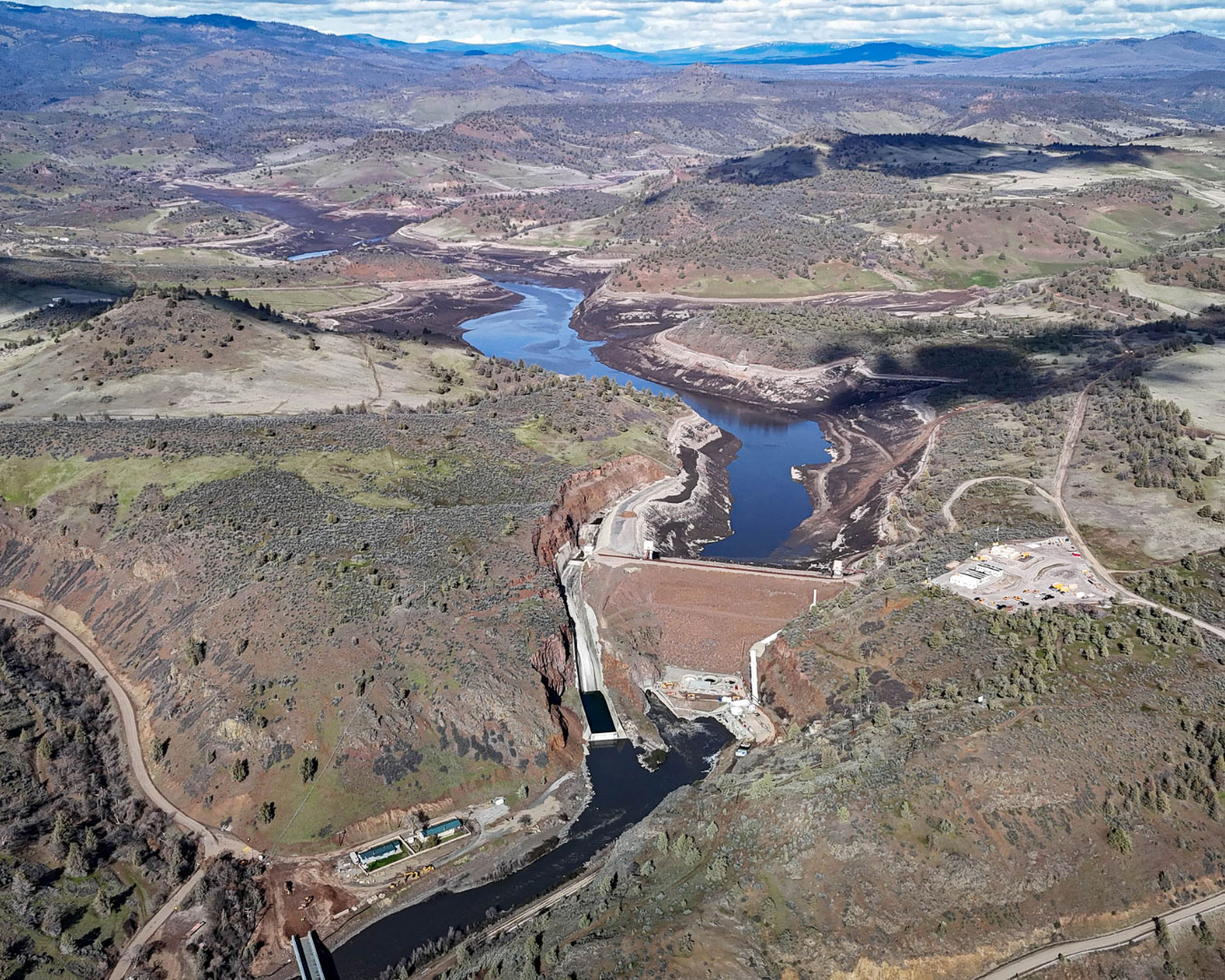
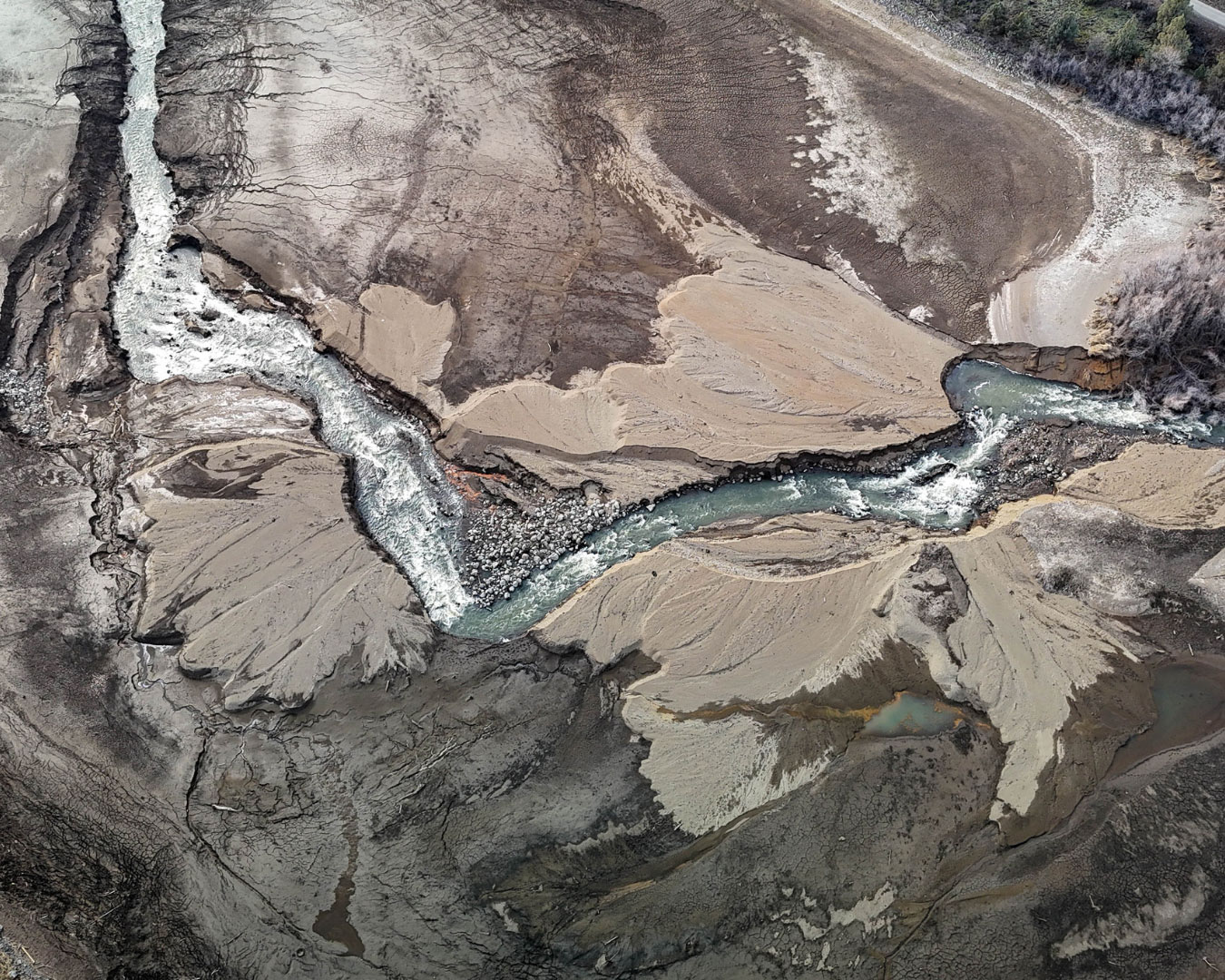
Re-vegetation Efforts Underway
Most of the remaining sediment will settle and be locked in place by re-vegetation efforts which are already underway within the reservoir footprints. The company Resource Environmental Solutions (RES) oversees the restoration of the reservoir footprints and newly formed river in close partnership with the Yurok Tribal Fisheries Department. Tribal members have been collecting native seeds and propagating native plants in nurseries for over five years now. Over the next several years over 17 billion seeds will be planted— over 53,000 thousand pounds of native vegetation planted to assist in restoring the reservoir bottoms.
As soon as the mud within the former reservoirs was dry enough to walk on, restoration specialists were walking through it throwing seeds across the landscape. Once it was dry enough to walk on and dig in, new seedlings and starts were being planted. This is the best time of year to start new seeds and seedlindgs as the plants will have the best chance of holding and reaching their roots down into the water table.
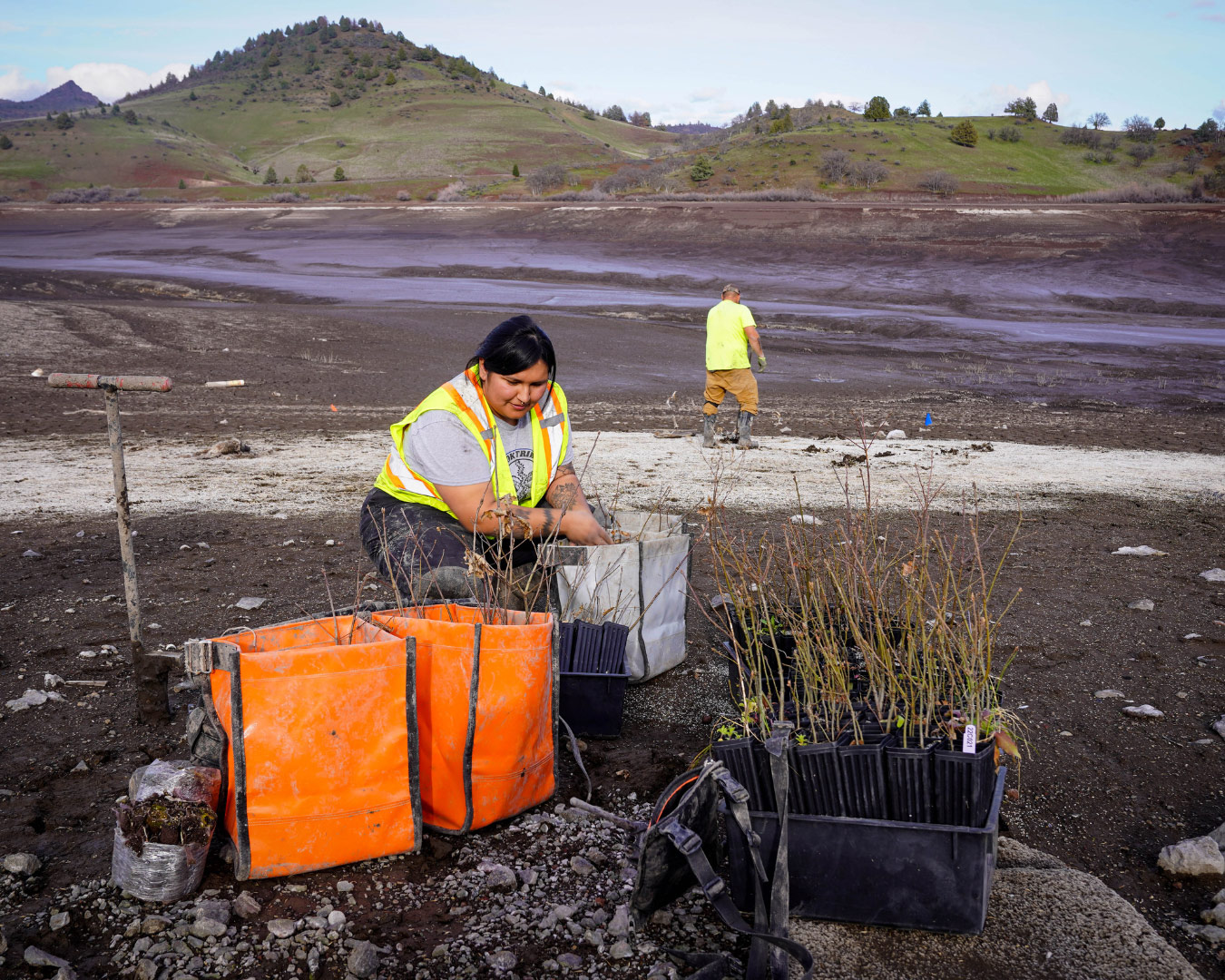
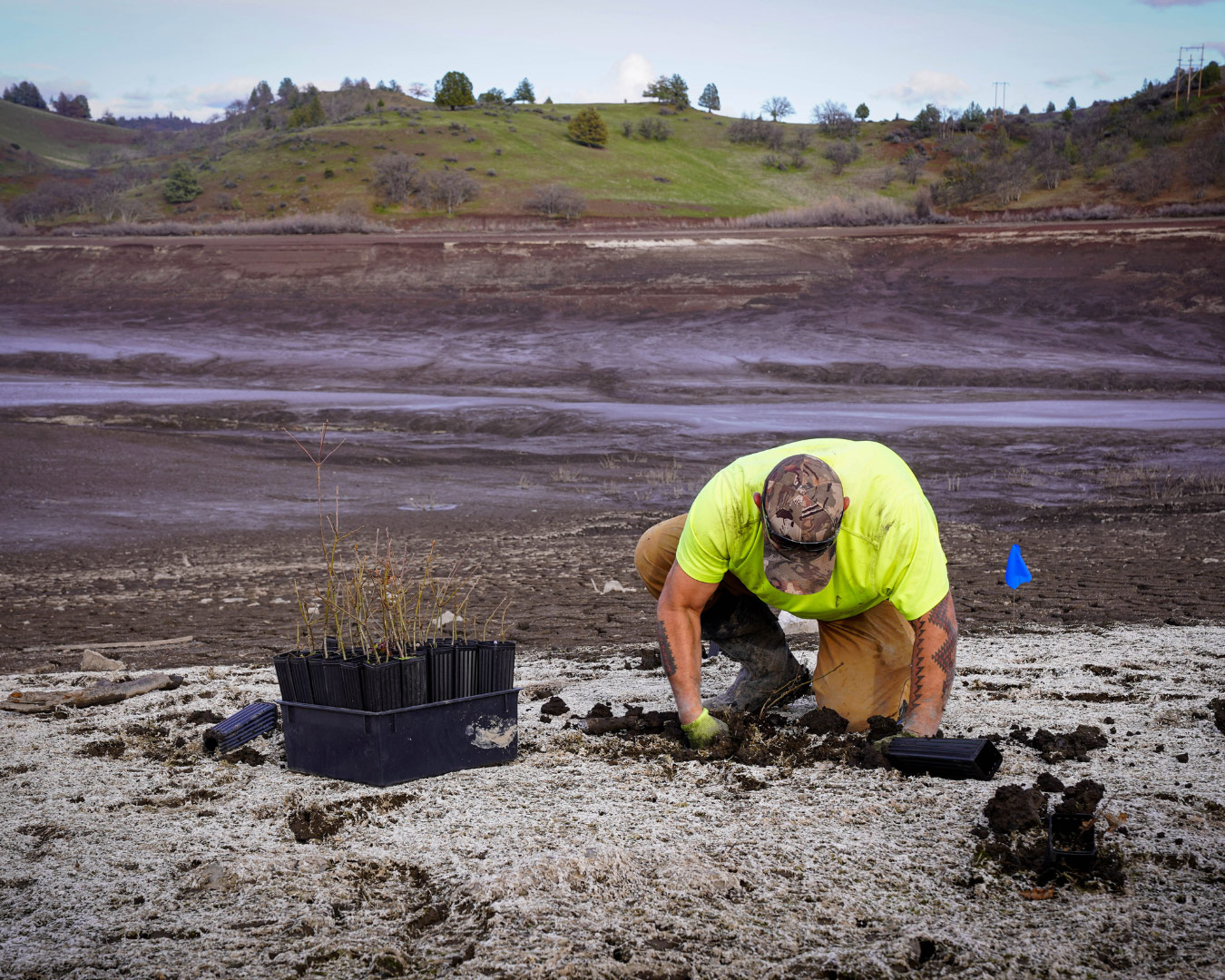
Hatchery Fish Perish but Below Iron Gate Dam Conditions Already Improving
While the majority of the project is proceeding as planned, it was unfortunate to hear about the die off of recently release hatchery fish. On March 2, 2024, we learned that, following the release of 830,000 hatchery-raised fall-run Chinook salmon fry above Iron Gate Dam, many of these fish perished below the dam. California Department of Fish and Wildlife (CDFW) officials attributed the mortality to gas bubble disease which these fish experienced as they migrated through the Iron Gate Dam tunnel.
While an unfortunate outcome, we know that these fish were traveling through infrastructure that will no longer be in place in 2-3 months – and this event represents just one outcome in a detailed and robust ecological plan which will play out over the next few years. CDFW is still on track to meet hatchery release production goals this year and will be releasing hatchery fish below the dam until it is removed.
More importantly, the bigger picture shows that river conditions below Iron Gate Dam have been steadily improving following the initial release of water. Water quality data from the Karuk Tribe shows >90% O2 saturation at all sites downstream of Iron Gate. Turbidity is generally dropping. Conditions throughout the entire system are slowly improving as predicted. We have also received anecdotal information of healthy wild juvenile salmon being captured in downstream traps.
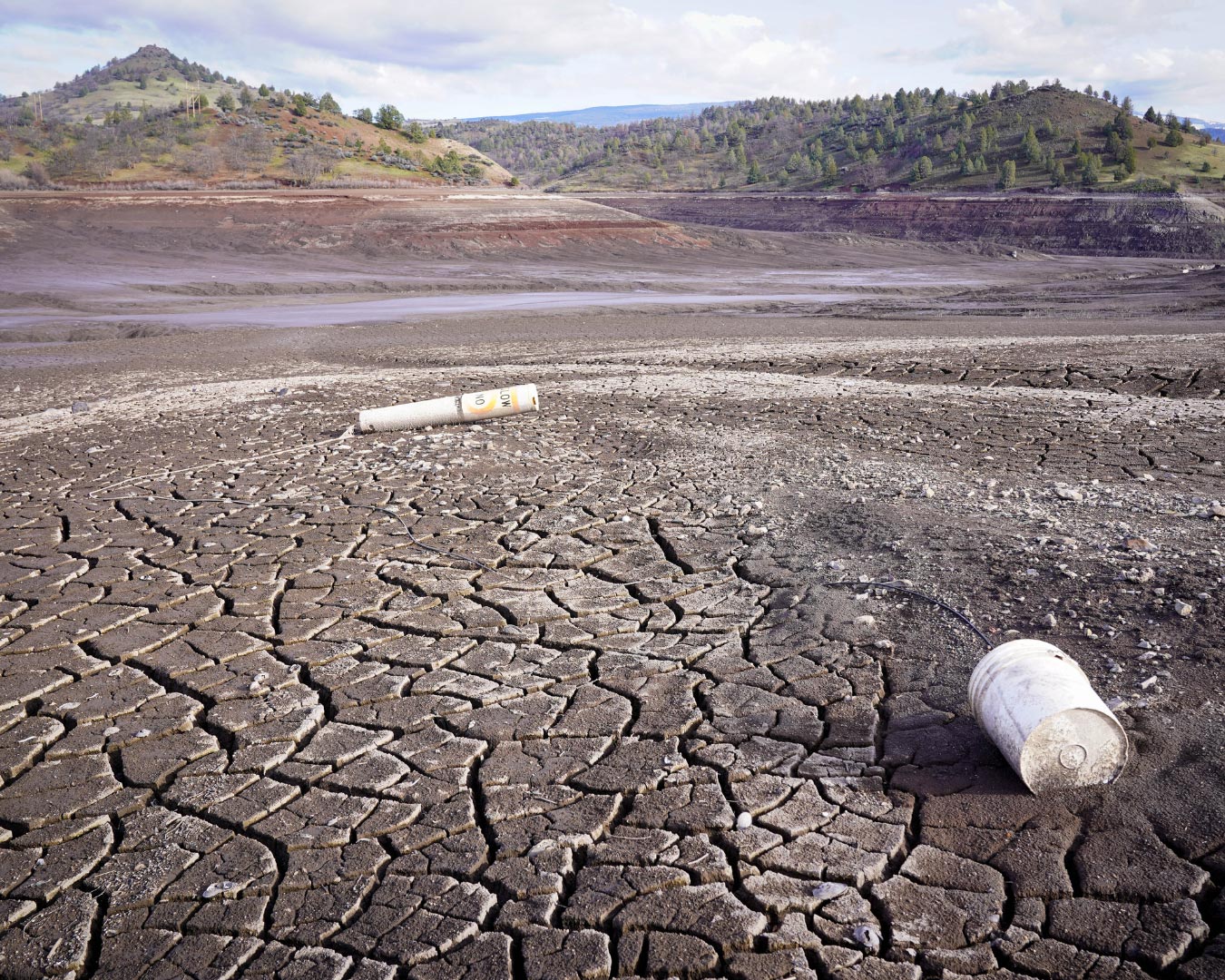
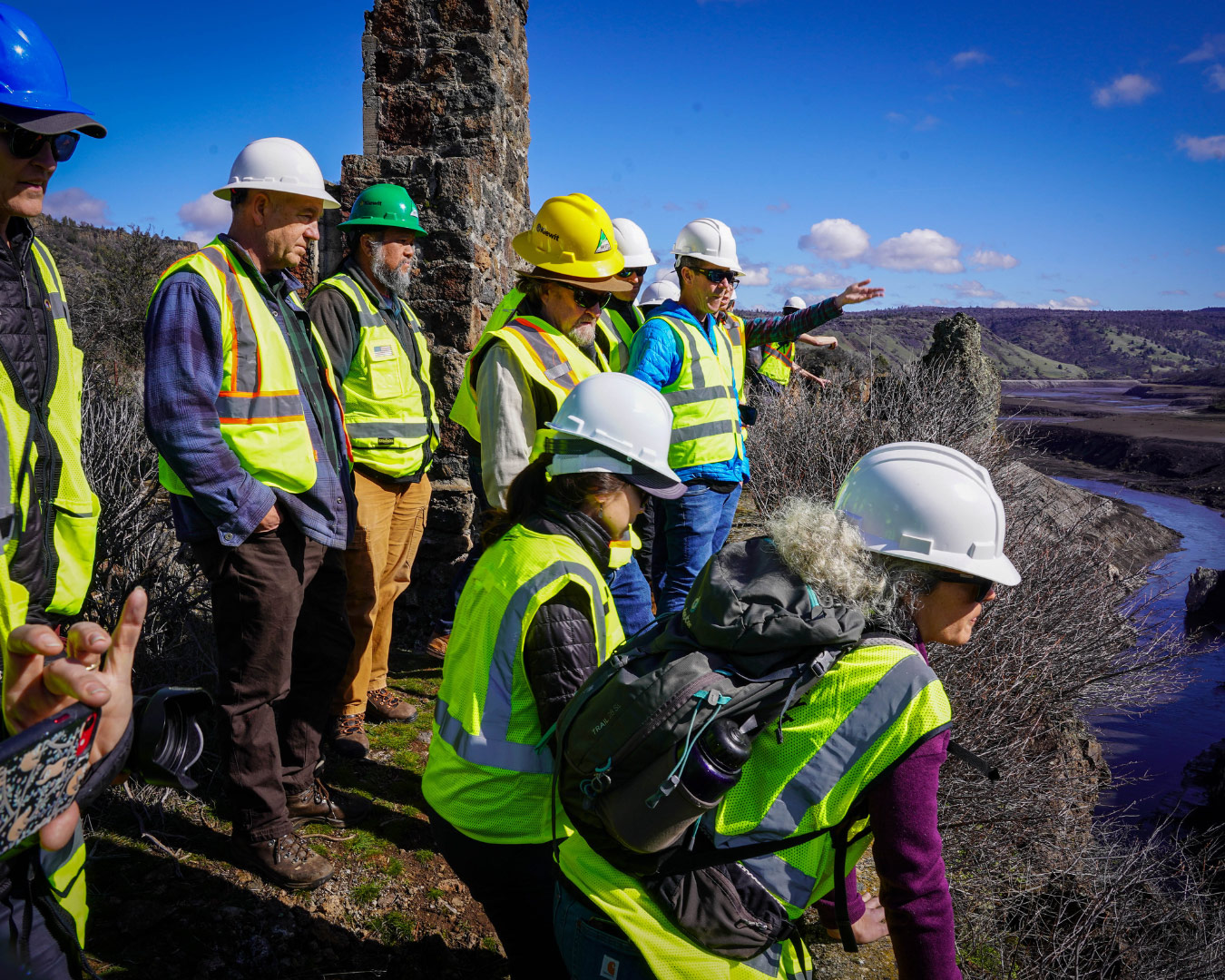
Fortunately, salmonids have shown a particular resilience to large-scale environmental disturbances. We have seen time and time again these fish rebound from highly disruptive events including the Mt. St Helens eruption – when salmon were spawning in the river just a year later – and the Upper Sacramento River Cantara Loop train derailment – where fish populations fully rebounded within a few years. The Klamath River is particularly well positioned to respond to environmental disturbances due to its large number of highly productive tributaries where the vast majority of spawning and rearing take place.
As dam removal progresses, CalTrout remains committed to our vision of a free-flowing Klamath River – a vision that we know will culminate in a healthier watershed for the human and non-human communities that rely upon it. I’m beyond excited for the future of the Klamath. As the action continues to unfold, I look forward to more trips to cover the changes in real time and to bring that documentation back to share with you all. Stay tuned as together we experience the largest U.S. dam removal project ever!
Listen to CalTrout's Fish Water People podcast to learn more about Klamath River dam removal:
Cover Photo: Former reservoir footprint by Michael Wier


